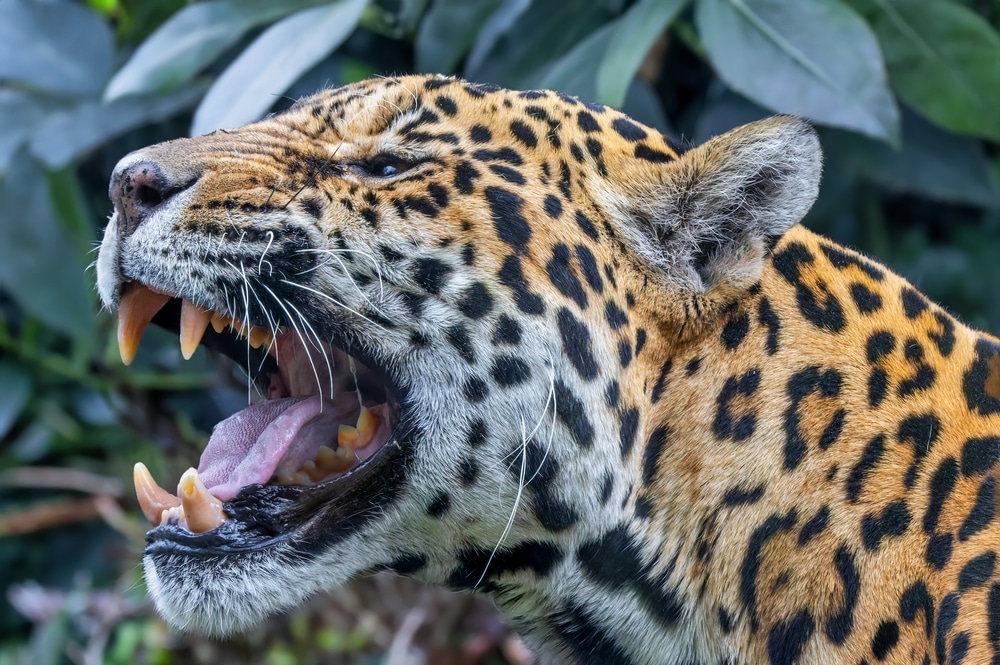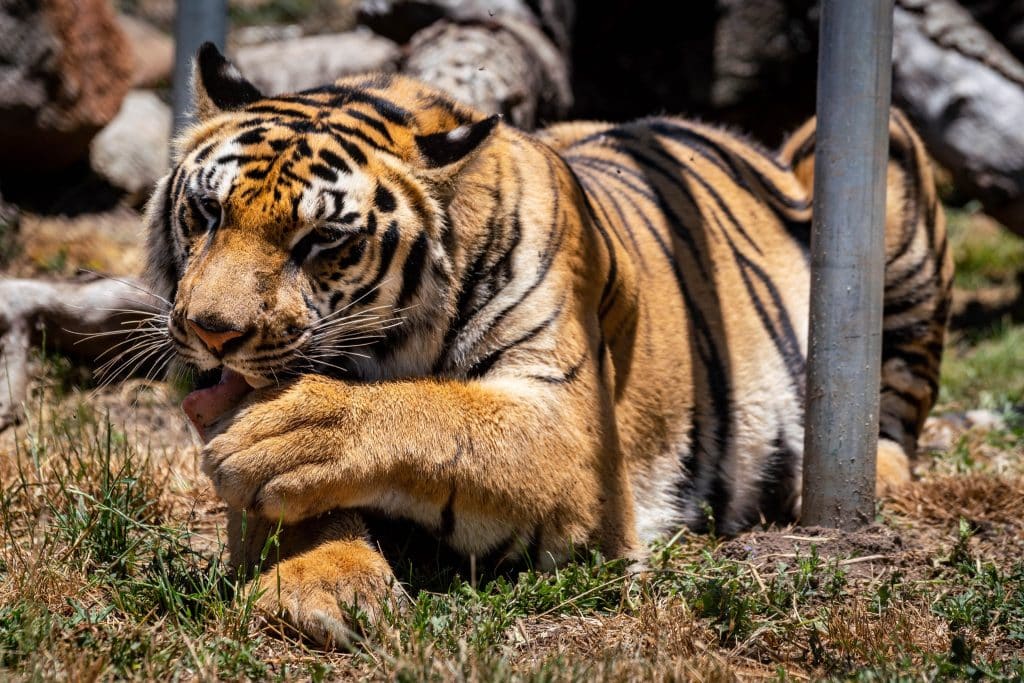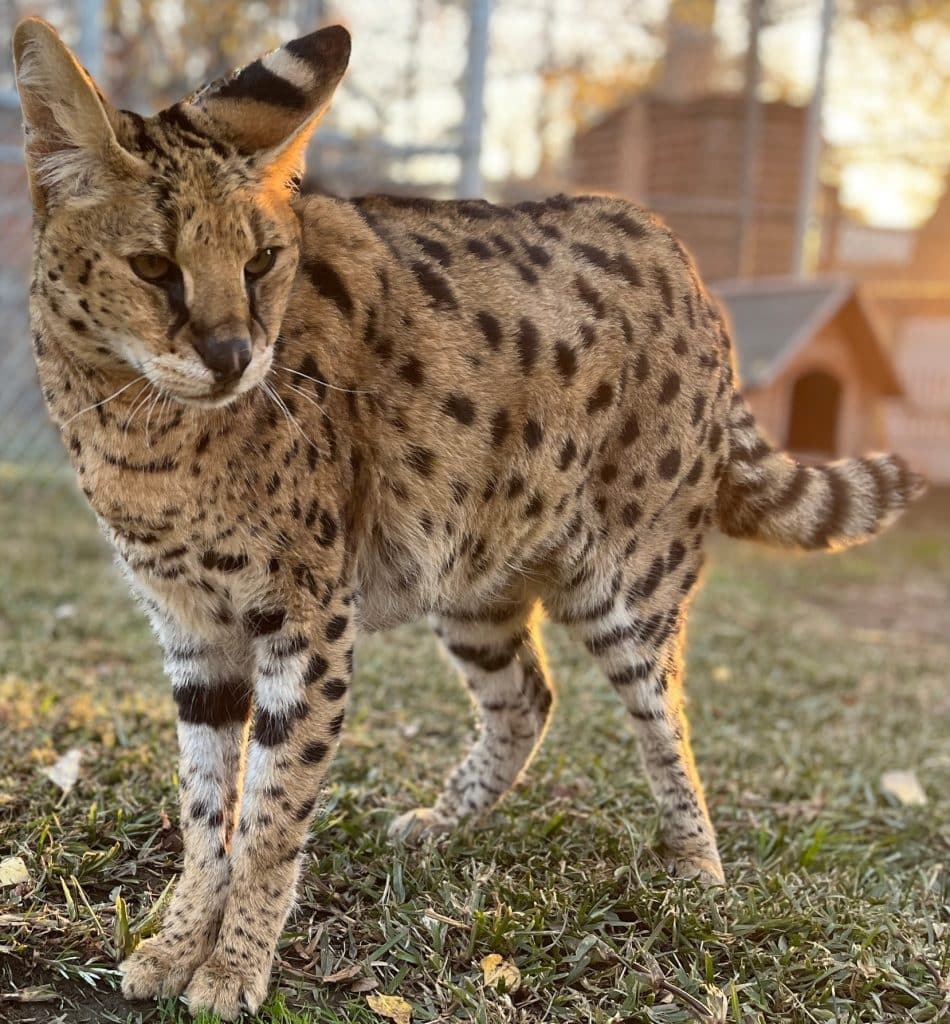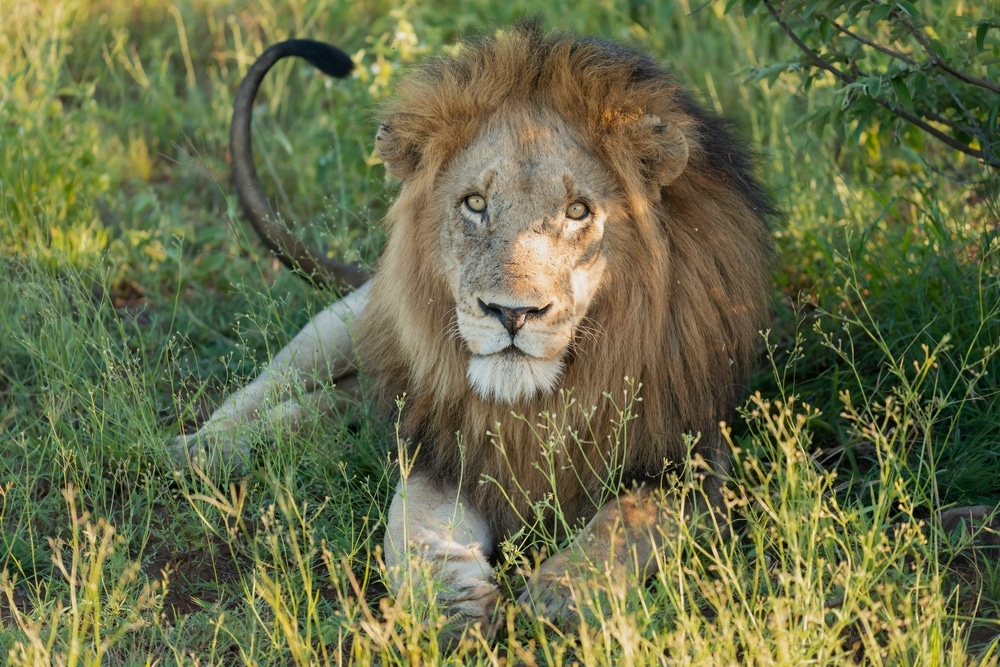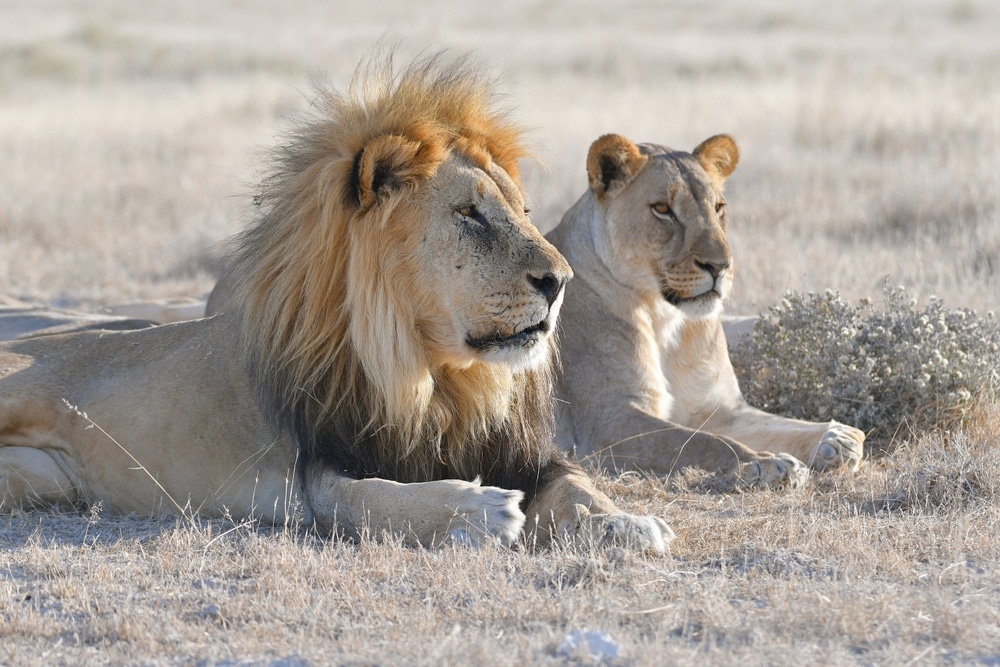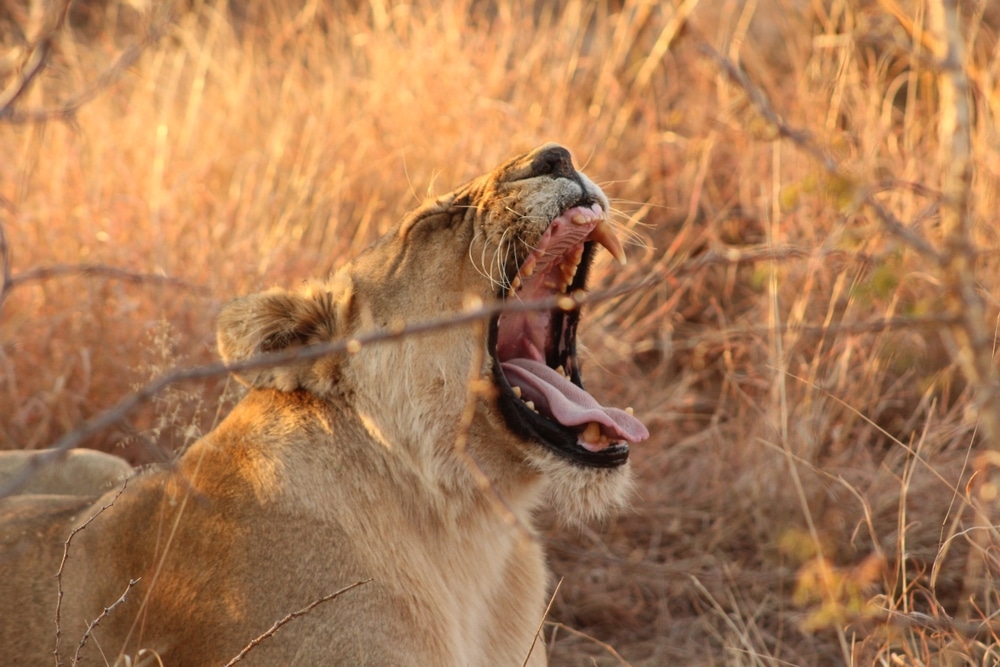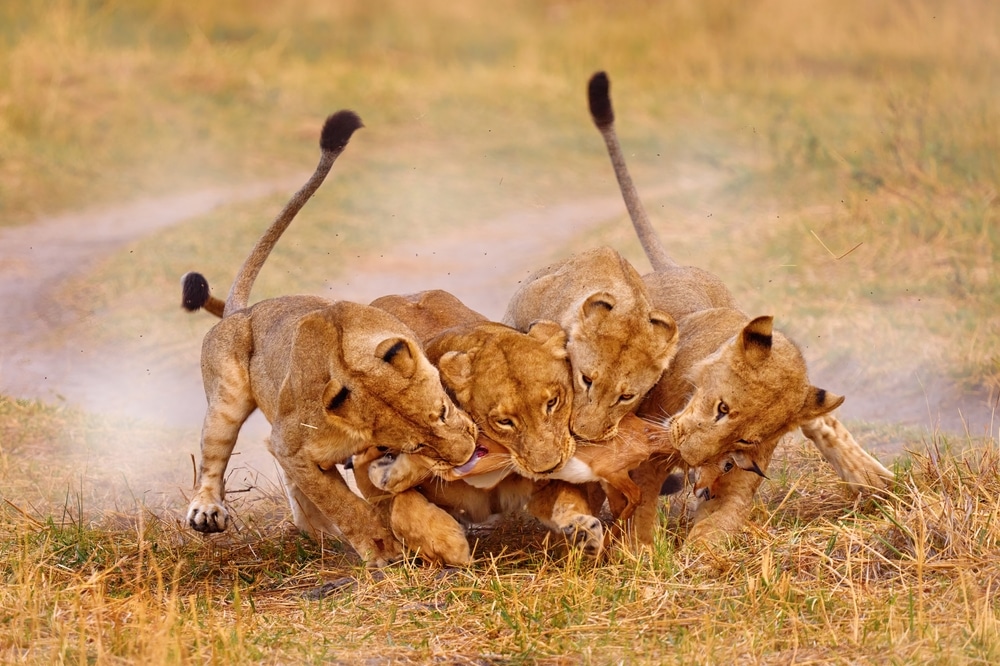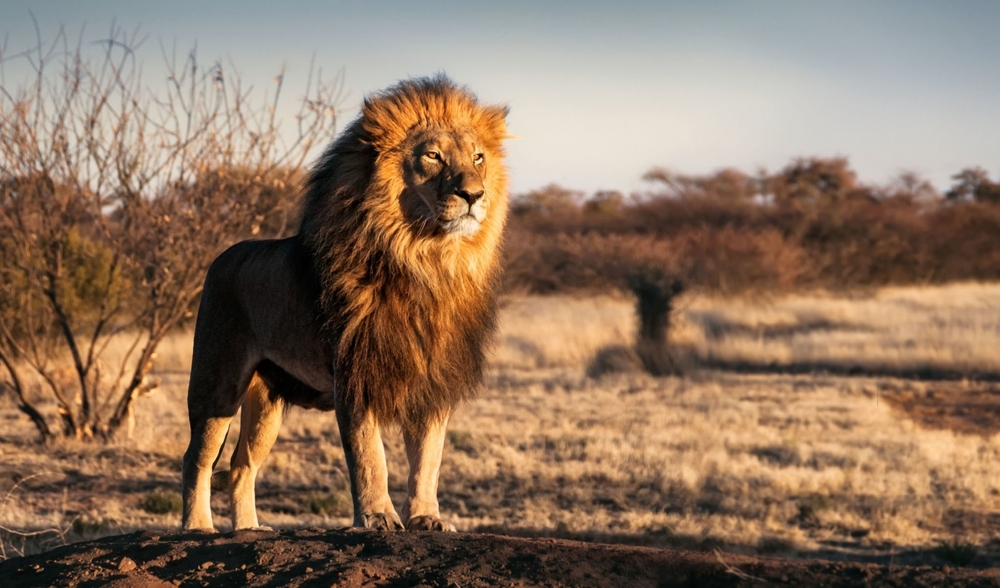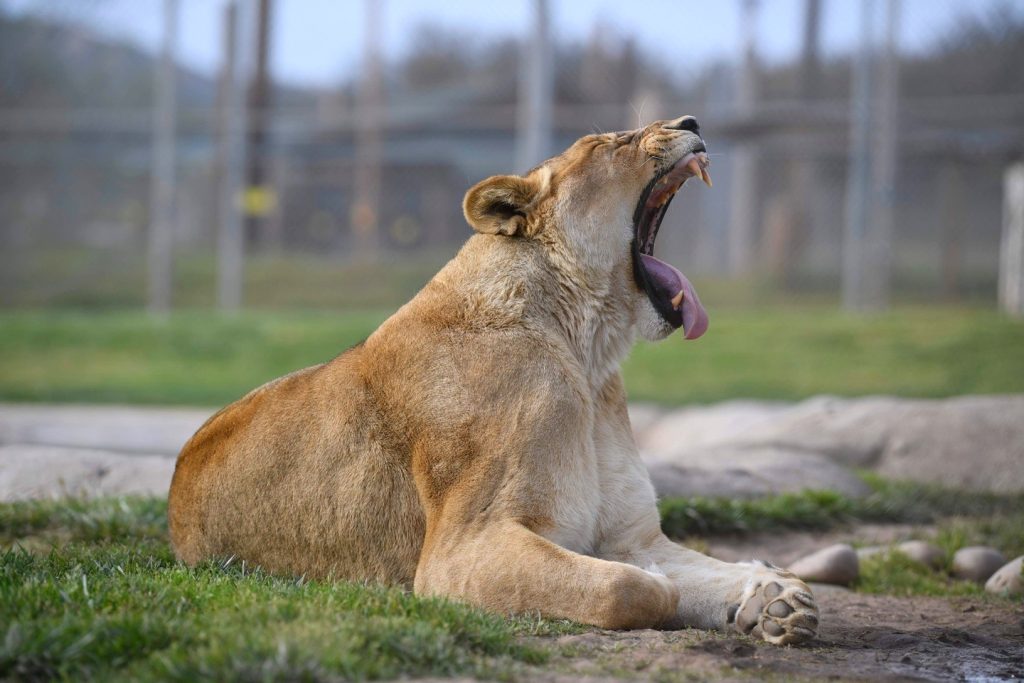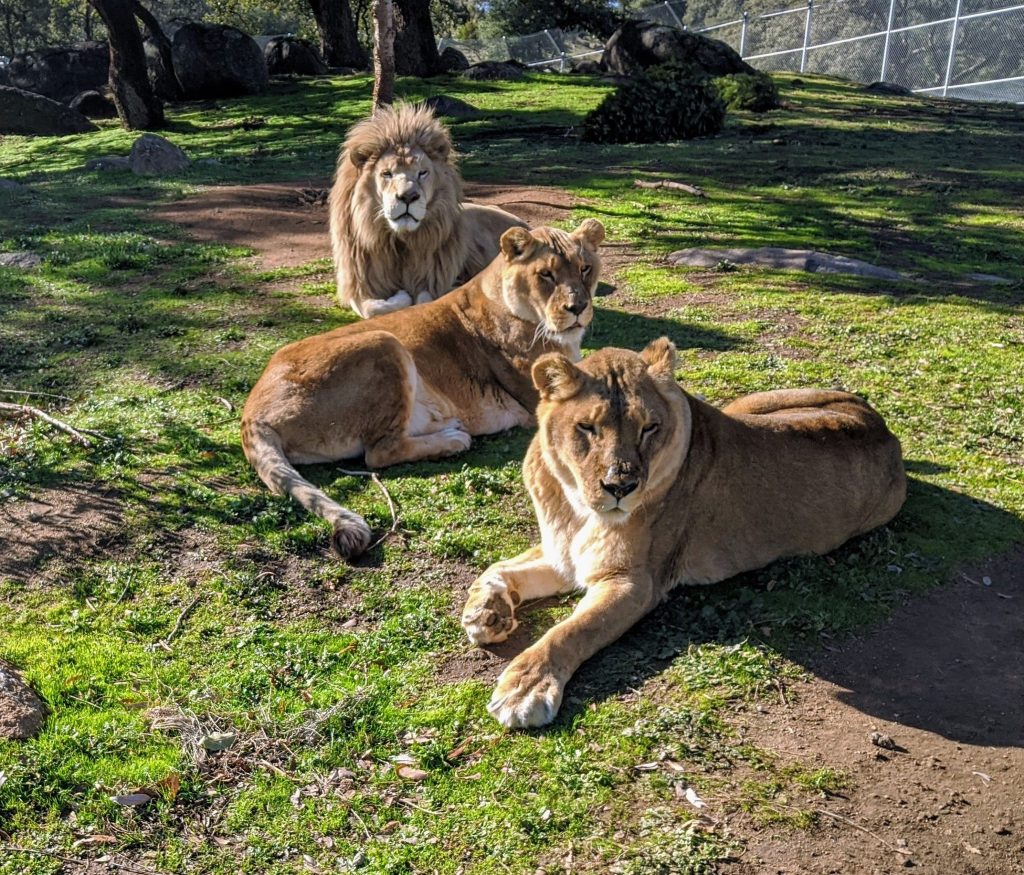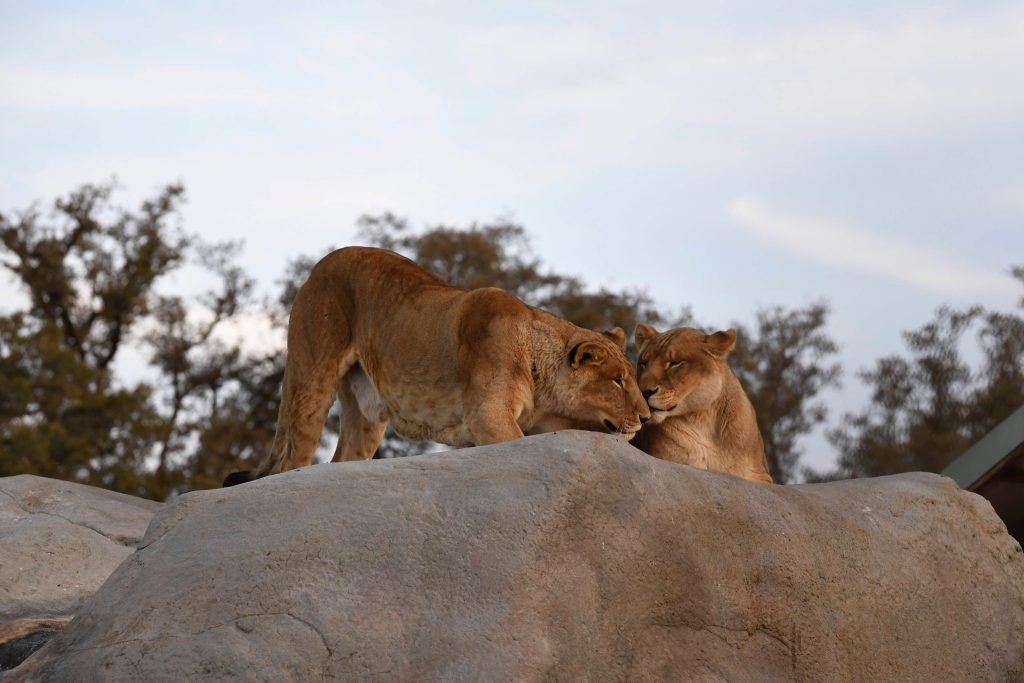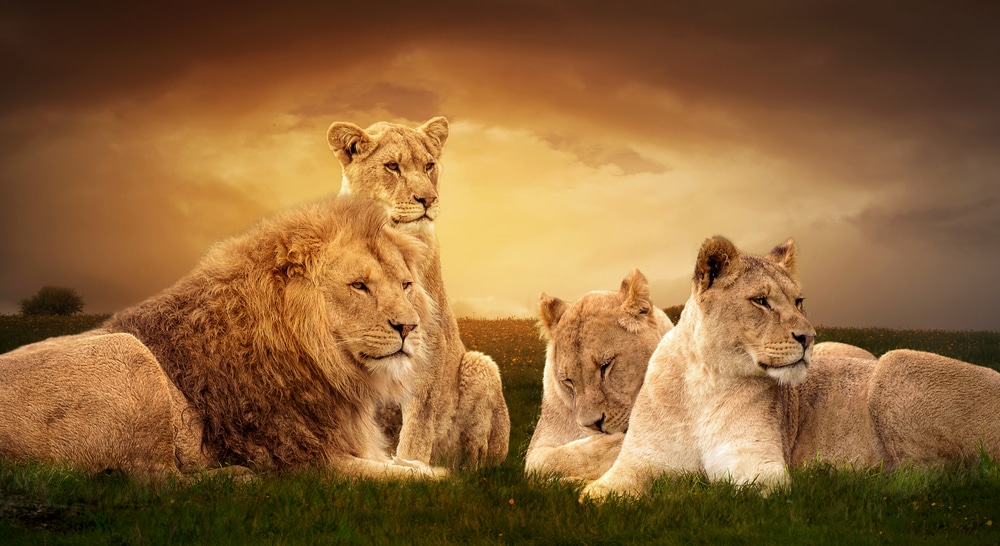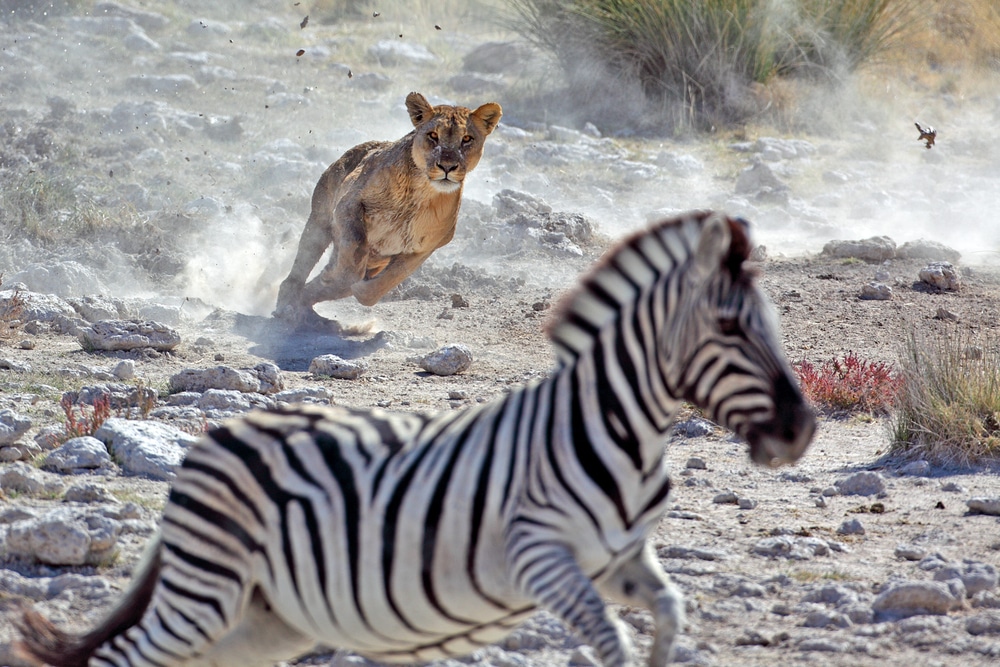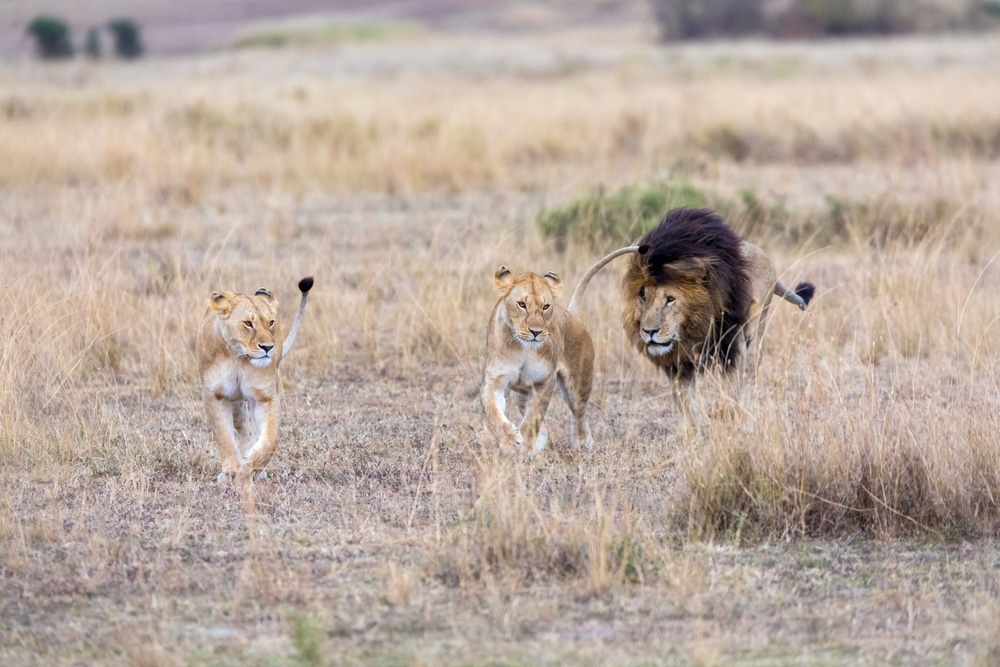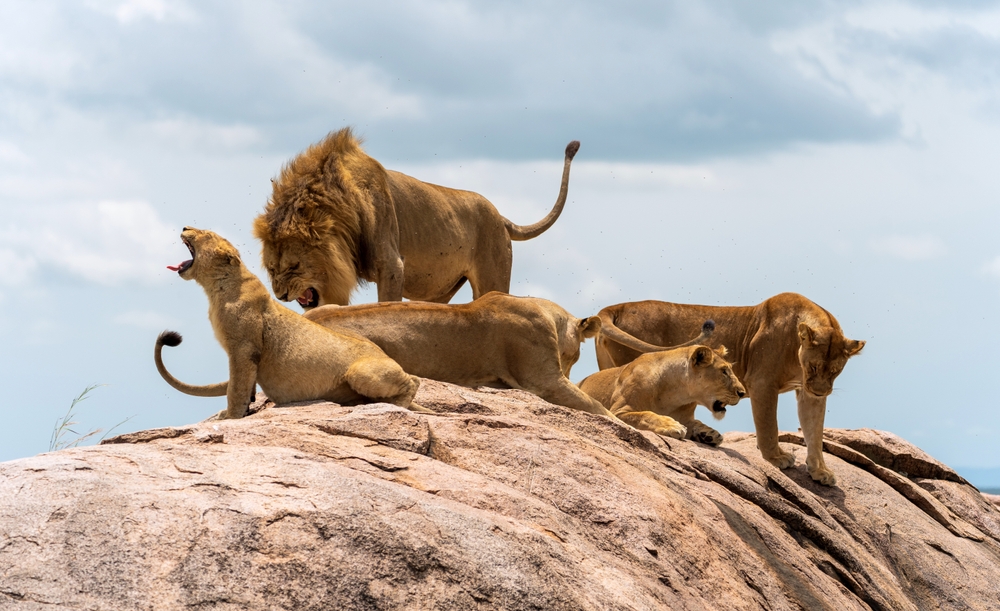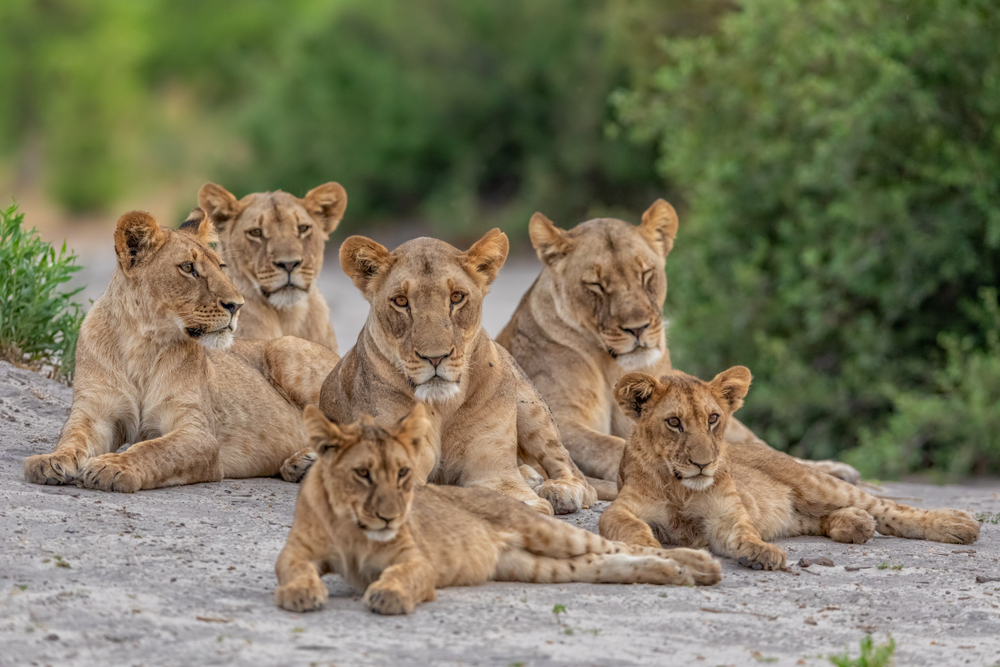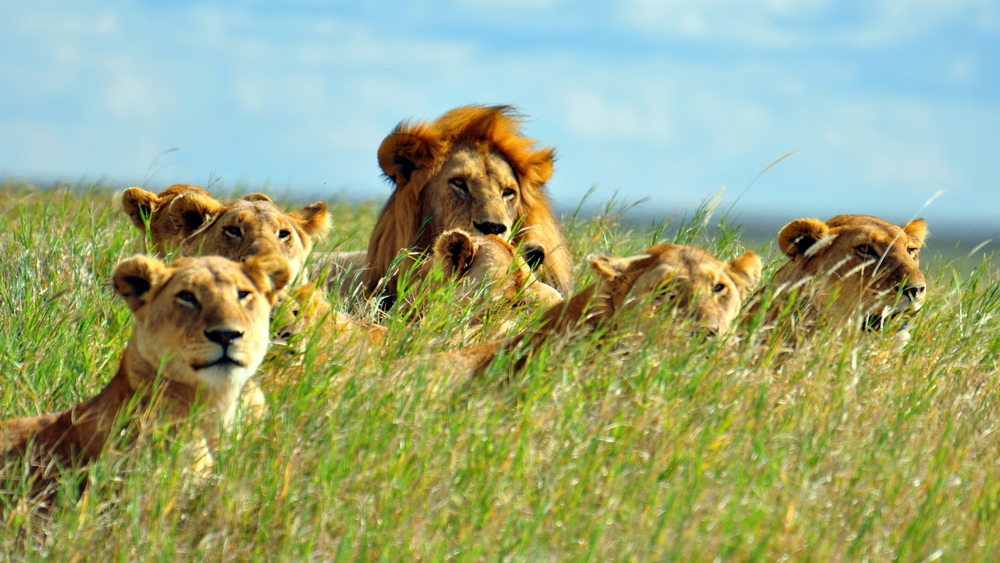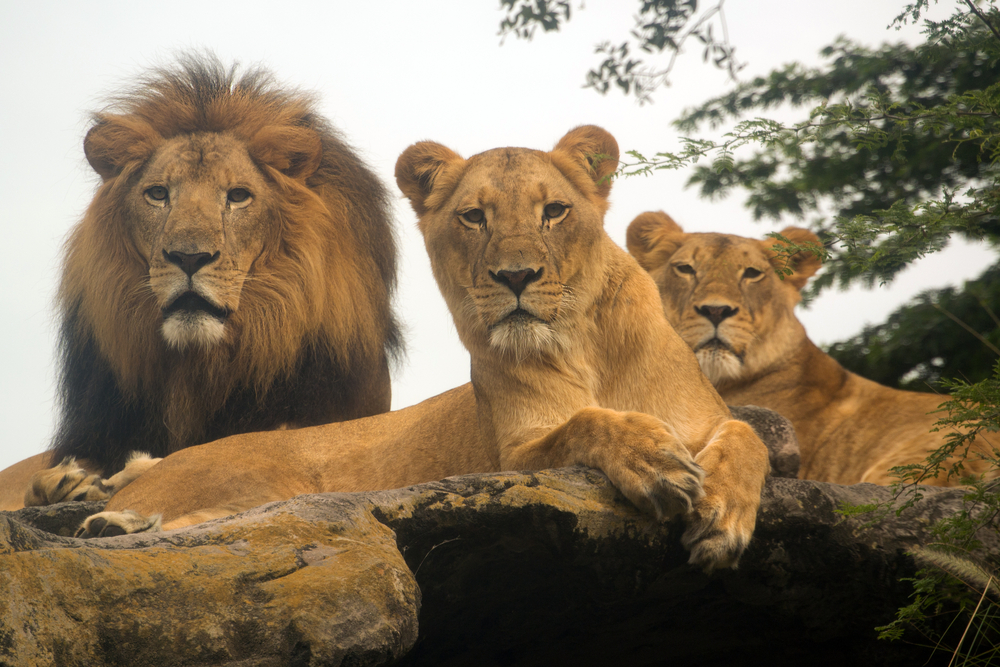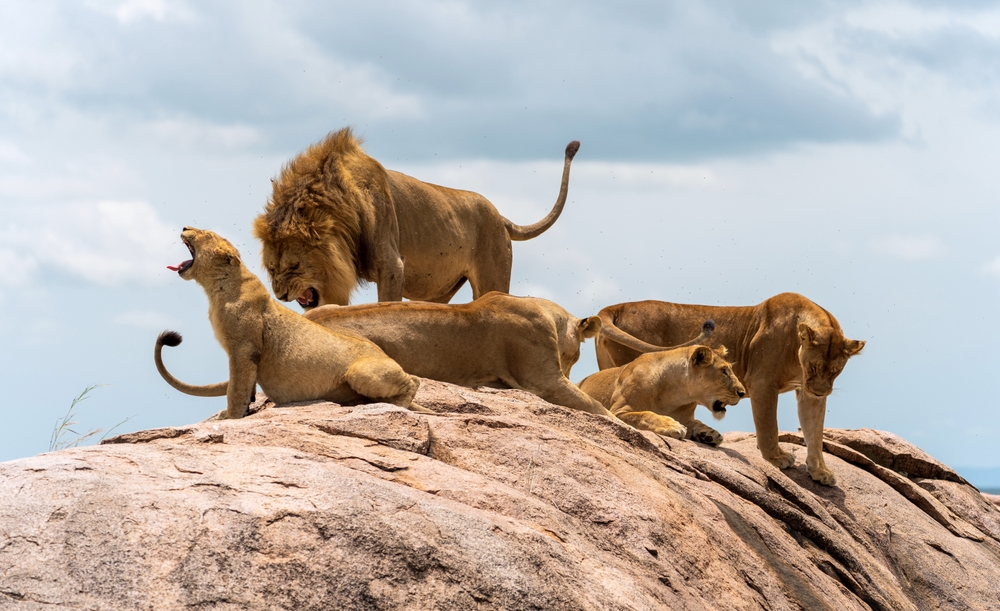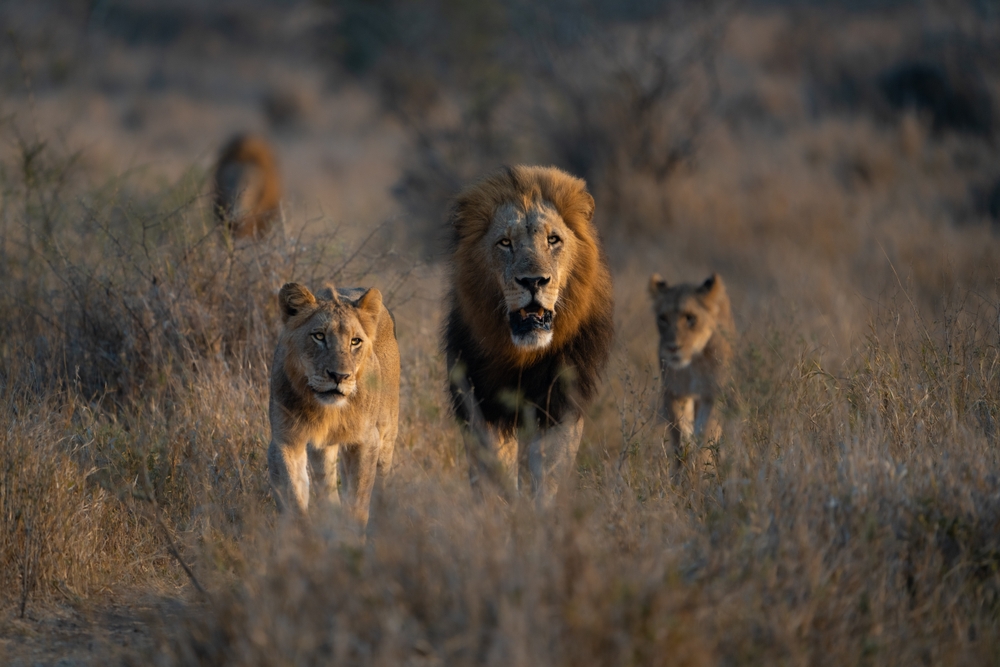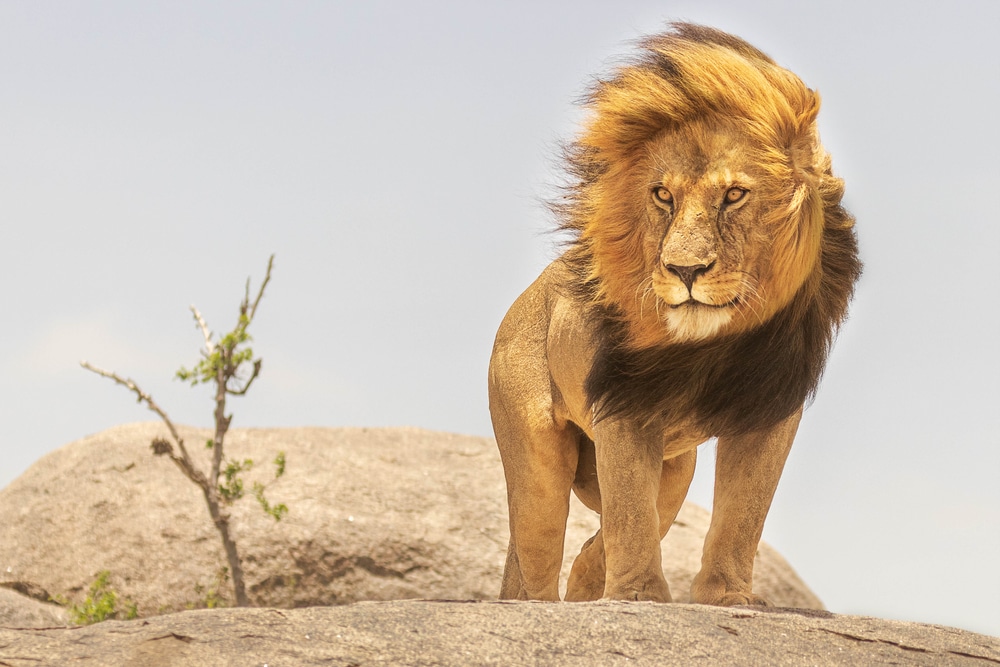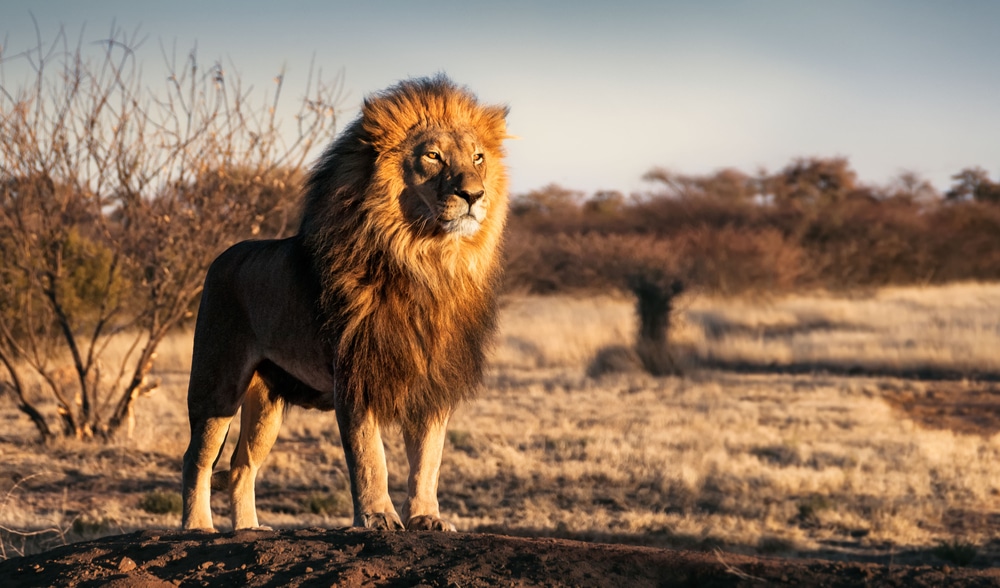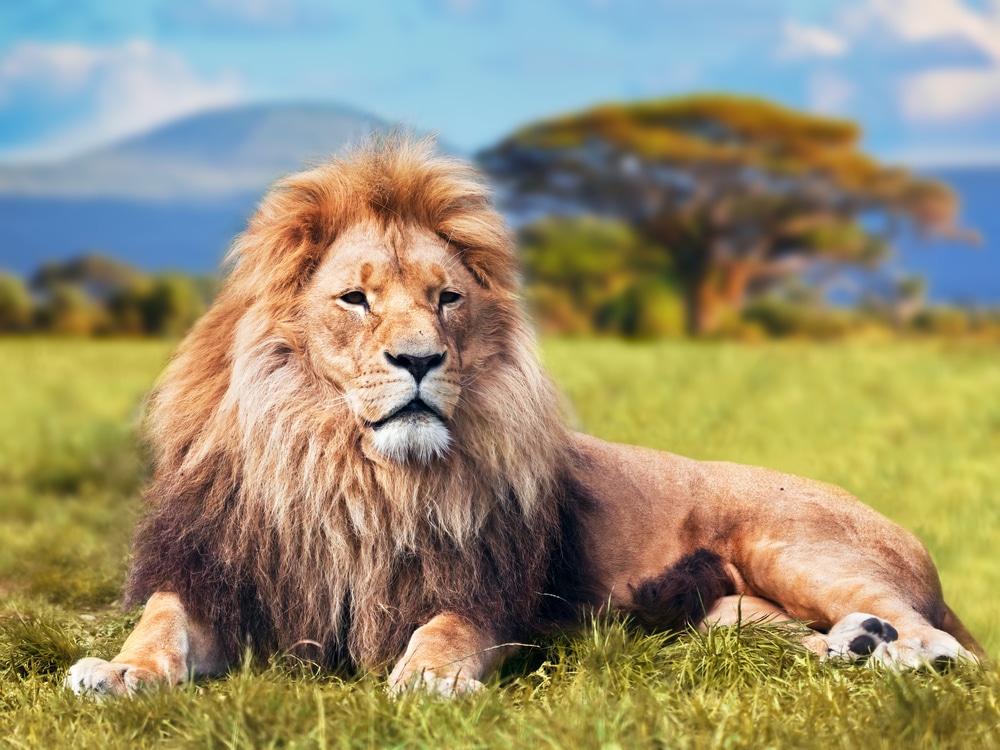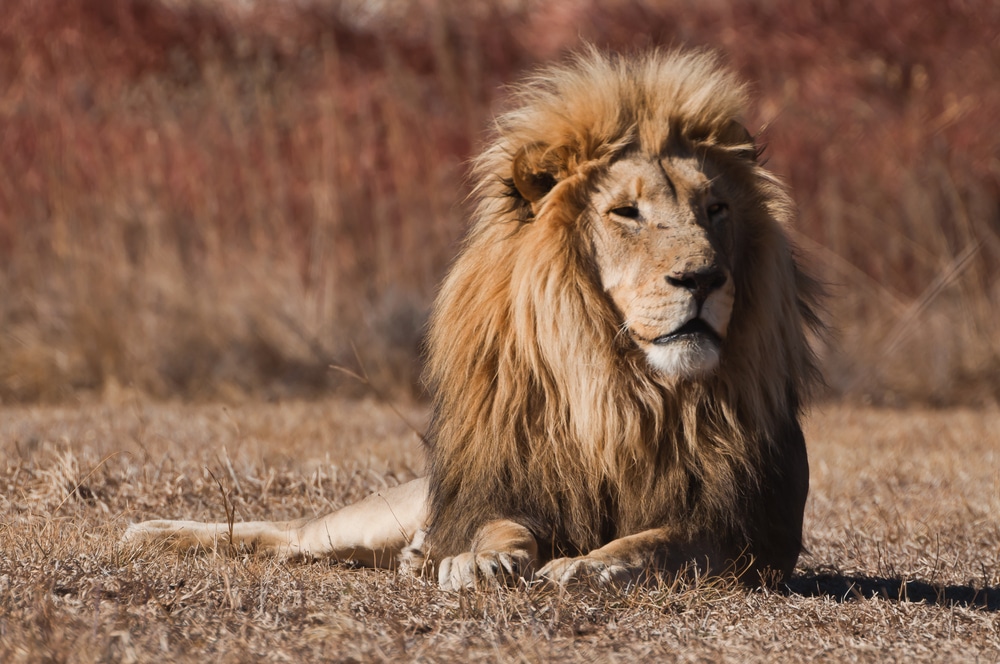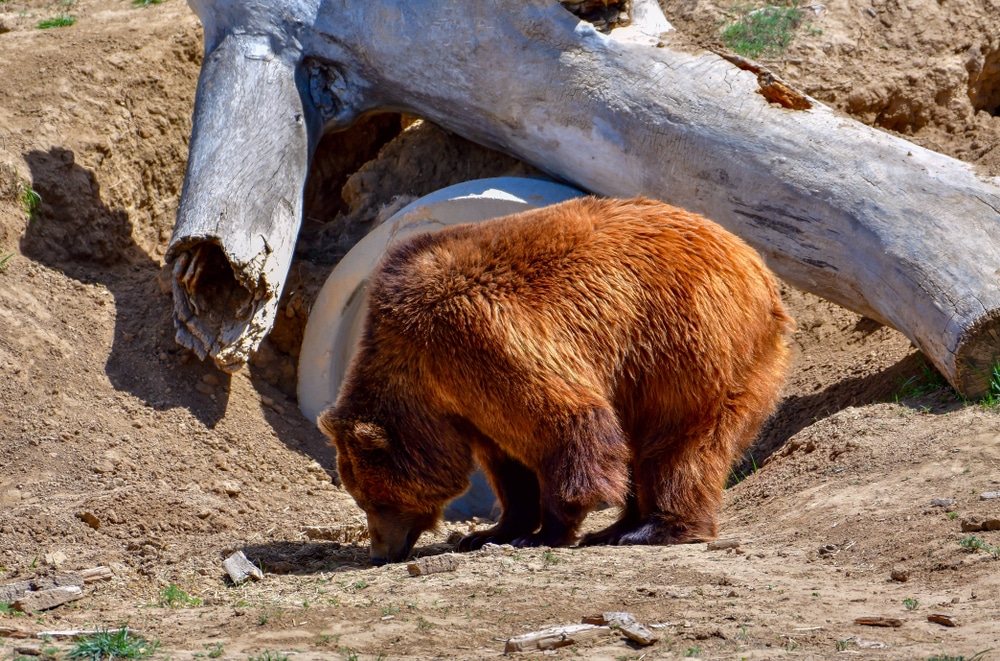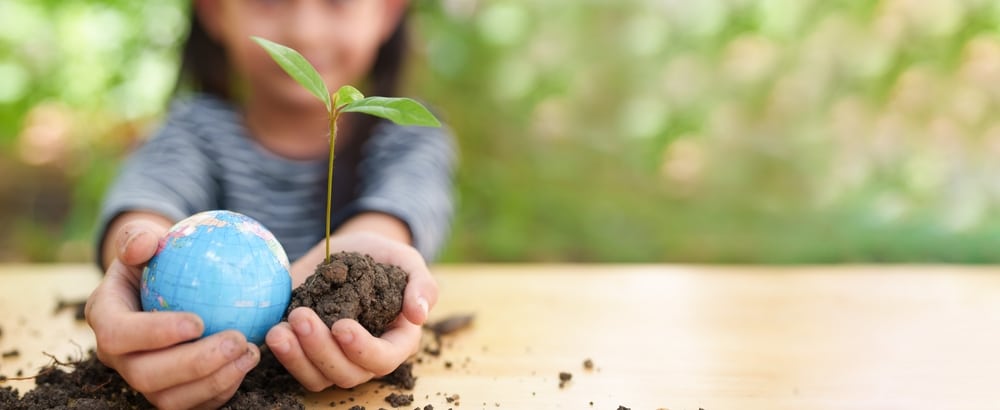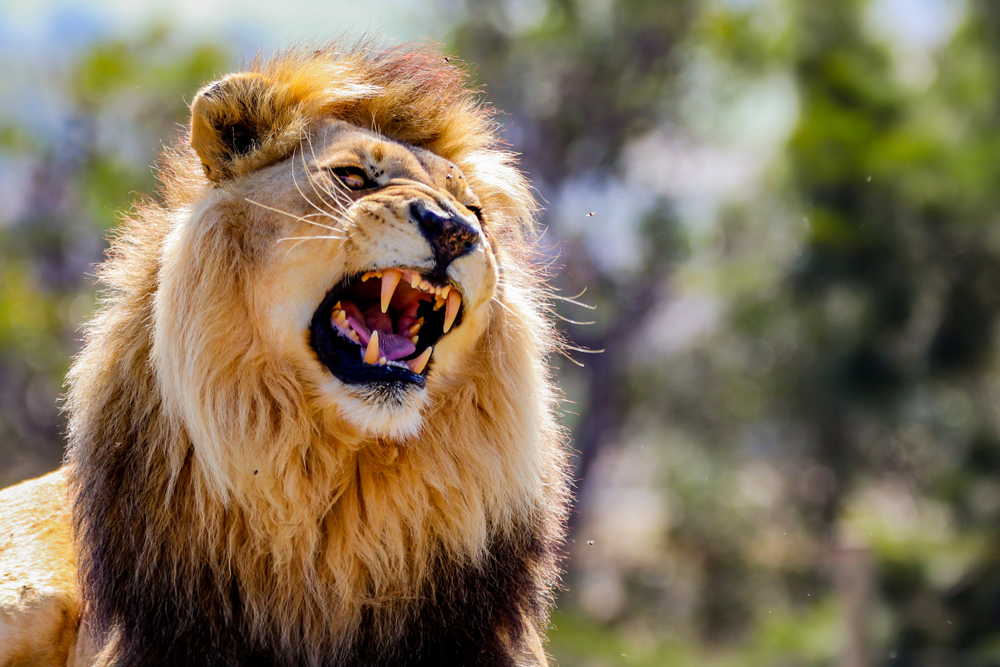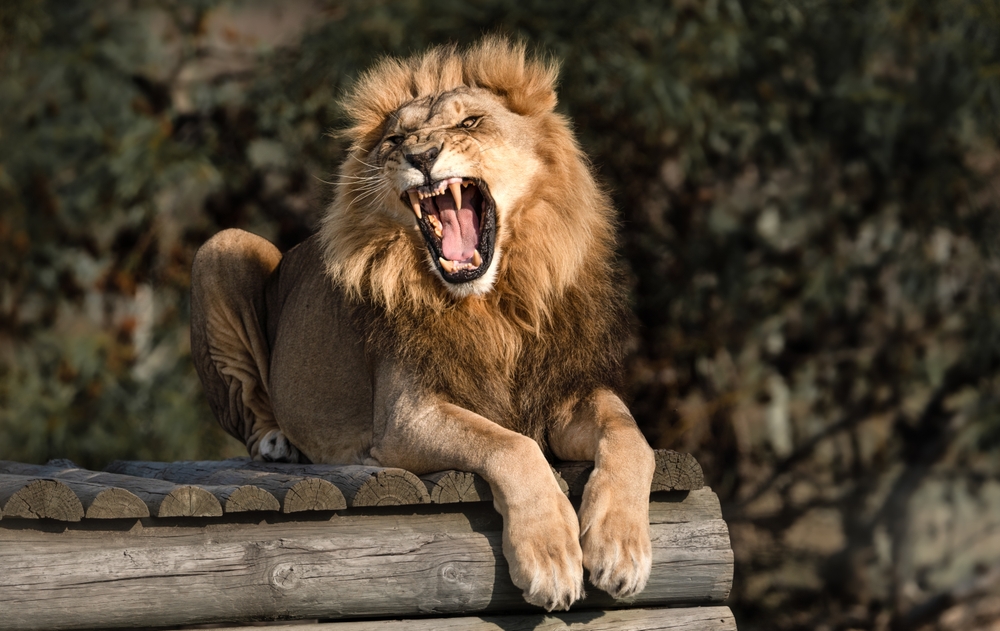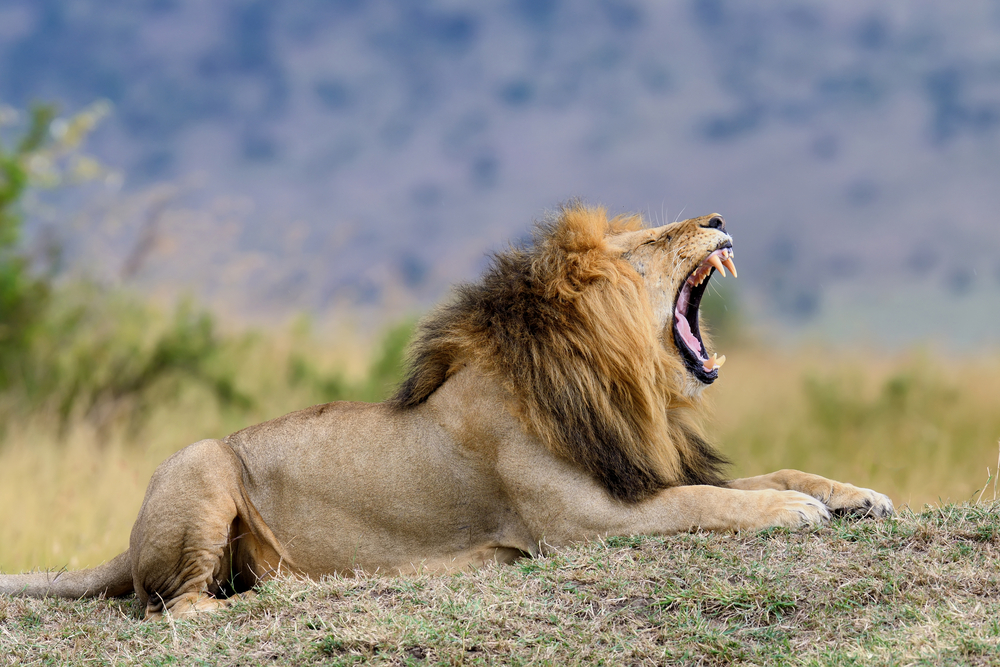Do Lions Dream? Exploring the Sleep & Dreams of Animals
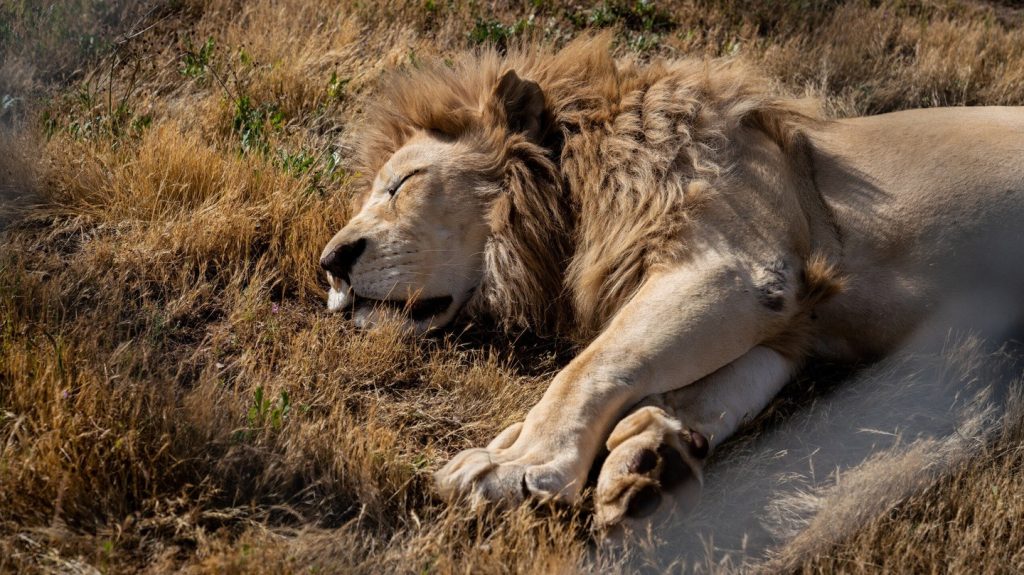
Have you ever seen your cat twitch and let out little “meows” in its sleep or watched your dog’s paws move as if chasing something in a dreamscape? It’s enough to make anyone wonder: Do animals actually dream—and if so, what are they dreaming about? From lions dreaming in the savanna to bears tucked away in winter hibernation, a host of animals experience sleep cycles that are surprisingly similar to our own. In fact, scientists have discovered that many animals pass through the same brain states we do, including REM (Rapid Eye Movement) sleep, suggesting the possibility of real, vivid dreams.
Let’s dive into the world of sleeping animals and the brain activity that underpins their rest. We’ll explore the REM sleep cycle, slow-wave stages, and how neurons fired during slumber might replay moments from waking life, hinting at complex dreams.
The Science Behind Dream States
Many researchers see the dreams of animals as a natural extension of the brain’s sleep mechanism. When animals and humans enter the REM sleep cycle, their brain activity increases, and they often begin to experience vivid dreams. According to research by Dr. David M. Peña-Guzmán from the University of Chicago, several species move through sleeping stages that look very similar to human sleep patterns.
This includes periods of slow-wave sleep followed by rapid eye movement. In this REM stage, the electrical activity in the brain starts to resemble a pattern more typical of waking life, leading many scientists to believe that actual dreams may occur.
One hallmark of REM sleep is that most large muscle groups become temporarily paralyzed. This explains why your cat may twitch rather than fully pounce during a dream scenario. Even so, “muscle twitches” can still happen because specific neurons fired in the spinal cord allow brief bursts of movement.
Studies cited in Smithsonian Magazine show that when animals don’t experience this muscle paralysis, they often physically act out their dreams, which can involve twitching their arms, running, pouncing, or even vocalizing in their sleep.
Lions, Tigers, Bears, and Beyond
Lions are a symbol of strength and power. In the wild, they spend up to 20 hours a day resting, which means they get plenty of sleep—possibly enough time for complex dreams to unfold. While scientists can’t ask a lion about its dream content, researchers observe similar brain activity during big cats like lions and tigers' sleep that points to dream-like processes. If these animals do dream, they might revisit moments of stalking prey or resting in the sun-drenched savanna.
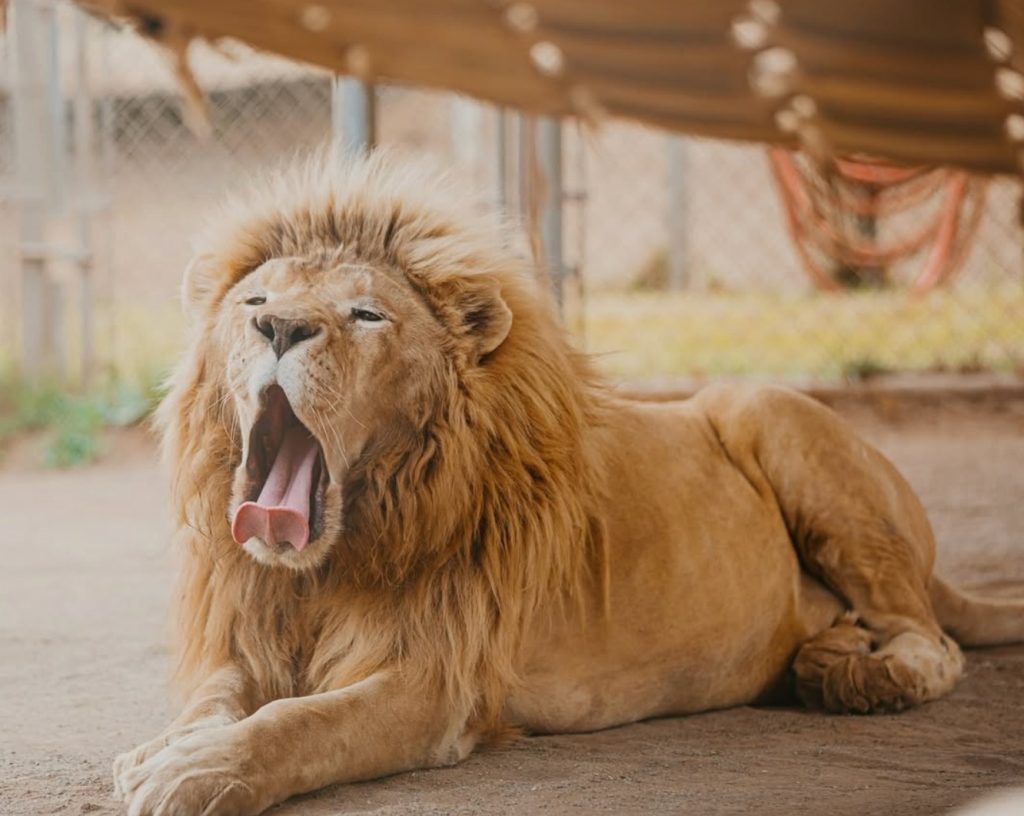
Bears, on the other hand, show a different kind of sleep pattern during bear hibernation. They drastically reduce their body temperature and metabolism for months at a time. While hibernation is not the same as regular sleep, bears still cycle through periods of deeper rest and lighter states.
During hibernation, they may not dream as vividly or as frequently as other mammals. However, research from National Geographic suggests that during moments of REM, these furry giants could still experience real-life flashbacks, such as foraging for food or roaming the forest.
Neuroscience and Dream Research
Experts like Matthew Wilson at MIT have made groundbreaking discoveries about how the brain replays daily experiences during sleep. In his study of the electrical activity of rats’ brains, Wilson observed that neurons fired in the same patterns at night as during waking life tasks, such as navigating a maze.
This supports the theory that animals engage in replay mechanisms that help them process memories and experiences. These replay sequences likely form the building blocks of complex dreams.
Further research indicates that the REM sleep cycle helps consolidate learning and memory in humans and animals. This could mean that when a lion hunts in the savanna or a dog learns a new trick at home, they later “rehearse” these events in their dreams. Similar patterns have been noted in birds and reptiles, hinting that the capacity to dream may be more widespread across the animal kingdom than we once thought.
Why Do Animals Dream?
Dreaming serves various potential functions, from solidifying memories to processing emotions. In humans, dreams can help us make sense of complicated feelings or events that happened in the day. For animals, dreams may also help them practice certain behaviors without physical risk—like a lion honing its stalking skills or a puppy “running” through the house in its dream. This mental replay could be an evolutionary advantage, preparing the animal for real challenges in the future.
Interestingly, some scientists suggest that these replayed moments might help animals adapt better to new environments. In sanctuaries, for instance, big cats or rescued bears might “re-live” past experiences but gradually incorporate new, safer surroundings into their dream states. Over time, these new mental scripts could reduce stress and anxiety, helping them settle into a more peaceful life.
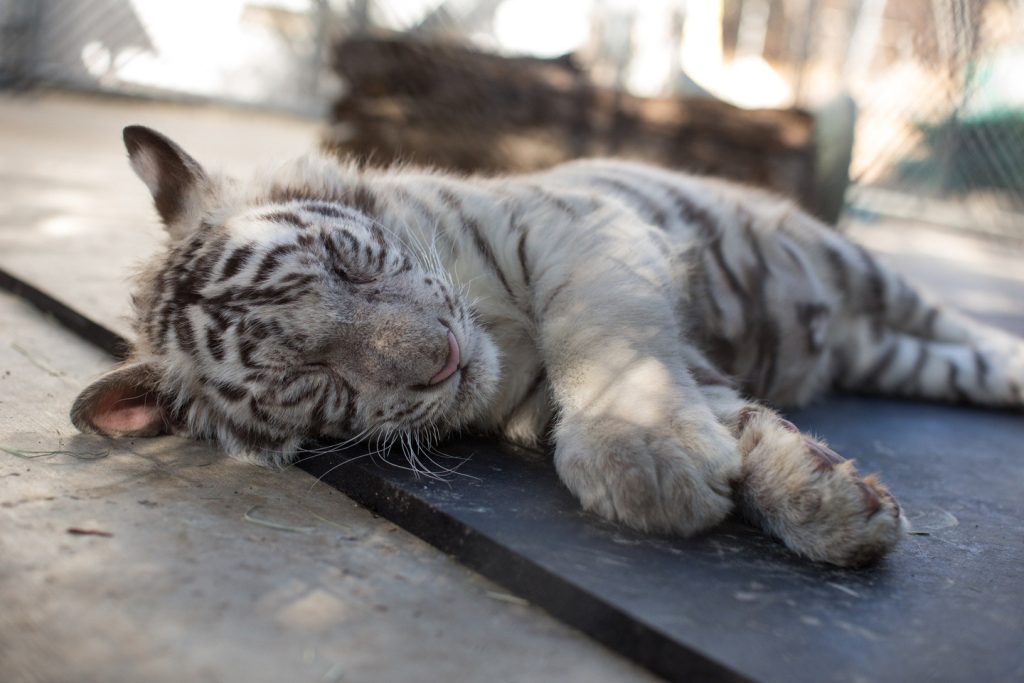
How Animal's Dreams Compare to Our Own
The parallel between human and animal dream patterns reminds us that our internal worlds might be more alike than they are different. Like us, many animals have neurons fired during sleep that correspond to activities from their daily routine. They also experience slow wave and REM stages and might have emotional or problem-solving components in their dreams.
Some dream experts believe the content of these dreams often ties back to real life scenarios. For pets, that might be an afternoon spent chasing a tennis ball or watching birds through the window. For lions, it could be the memory of a scorching day under the African sun. While we don’t have exact translations of their dream content, the possibility is fascinating—and a reminder of how biologically connected we all are.
The Next Frontier
As technology improves, you can expect more insights into how animal brains work during sleep. Researchers will continue to study everything from brain scans to hormone levels, aiming to uncover why dreams occur and how they influence behavior. With more data, we may eventually understand if lions truly dream of roaming savannas or if bears recall scenes from their forest foraging sessions. Either way, the world of animal dreams reminds us of the fascinating complexity we share with other animals.
So, pay attention the next time you see your cat or dog nod off. Those soft whimpers or twitching paws could be signs that your pet is living out an adventure in its dream world—just as you do when you drift off to sleep.
The study of animal dreams reminds us of the deep connections we share with the other species that inhabit our world. From the twitching paws of a tiger to the imagined savannas of a lion’s subconscious, their dreamscapes highlight the incredible complexity of life across species.
At Lions Tigers & Bears, we see this connection firsthand. As an accredited sanctuary, we provide a safe haven for over 60 rescued animals, offering them a life free from the exploitation they once faced. Our mission is to inspire change and end the exotic animal trade through education, compassion, and advocacy.Every animal deserves a place where their dreams can reflect joy, safety, and comfort. Visit our sanctuary to meet these incredible animals and learn how you can help us create a better tomorrow for them. Together, we can make a difference.
